Photo by Oliver Chapin-Eiserloh
I walked into Nelson Wolff Stadium knowing that the last time I went to a music festival I was 11. It was in Colorado, and it was folk-based. In many ways, Mala Luna was my first music festival experience, never having gone to Austin City Limits or sold my soul to the devil in Chacos and flown to Coachella. I had no expectations, and Mala Luna, I think, was the perfect first festival.
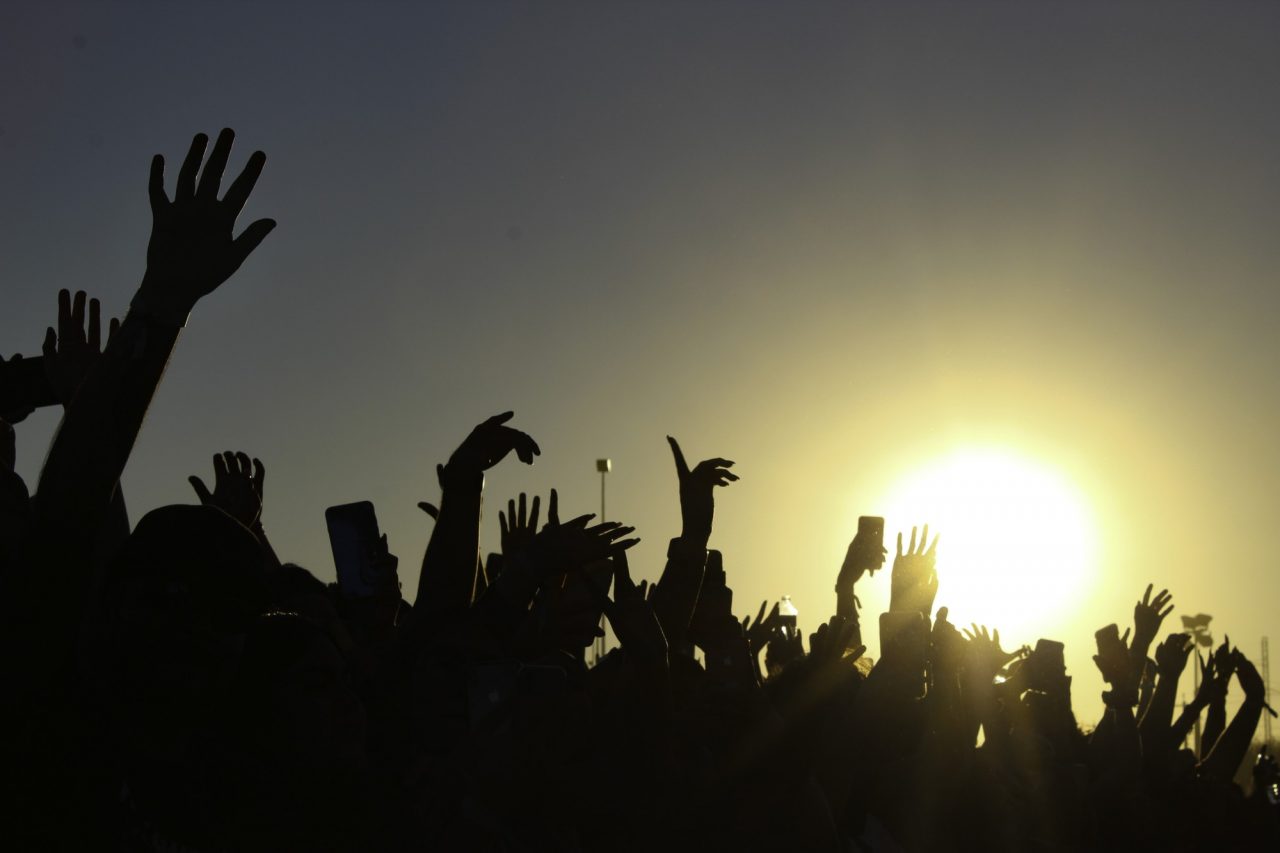
Spaced out over two days, the festival boasted 28 acts and had names like Trippie Redd, Ari Lennox and Rick Ross. The first of six concerts I attended was Jessie Reyez, whose striking voice woke me up from the midday daze I was in. In one of her songs she discussed the #MeToo movement and her experiences of being taken advantage of in the music industry, ending it with a triumphant “fuck you” to all who prey on artists trying to make it. It was electric.
From there, I walked to the next act, Summer Walker. Her R&B mixed with hip-hop tunes had the sizable crowd swaying and sliding, her lines and rhymes accentuated by two pole-dancers on either side of her. Throughout the show and the festival, it was incredible to see the sheer variety of fashion around me.
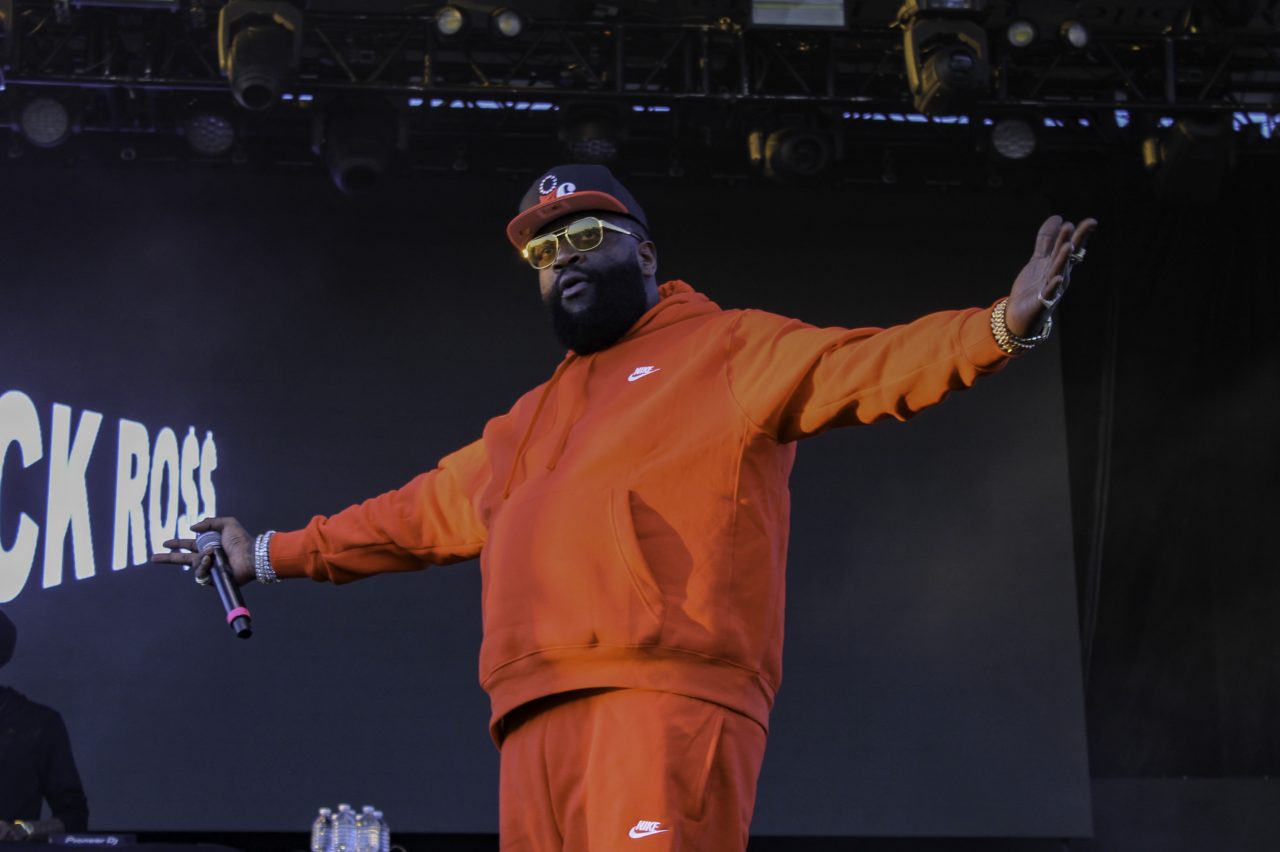
One couple in particular looked born to be on festival grounds, clad in plaid pants, ludicrously expensive designer shoes, T-shirts engineered to wave on the boundary between fashion and garbage and colorfully zany hairstyles. Suffice to say, they were far cooler than me.
They, too, seemed to be partaking in the festival-wide effort to add as much dust and ash into the air as possible, making the air hazy and hold an aether-like glow. An orange sunset greeted Rick Ross as he took charge of the festival, his set filled with hits that had even wayward festival dads danced to.
I waited for almost his whole set for the one song I loved from him, but it only came after I had exited the festival grounds. I guess staying throughout the set has its rewards.
The first day was, in most regards, tame. No fighting or massive mosh pits. I didn’t see anything being thrown in the crowds, and the police seemed to be relaxed. So my expectation for day two was for more of the same. I was wrong.
Day two was warmer than day one by nearly seven degrees, which I think explains the vast increase of energy. The grounds were packed. I made my way to my first show of the afternoon, another R&B artist named Ari Lennox.
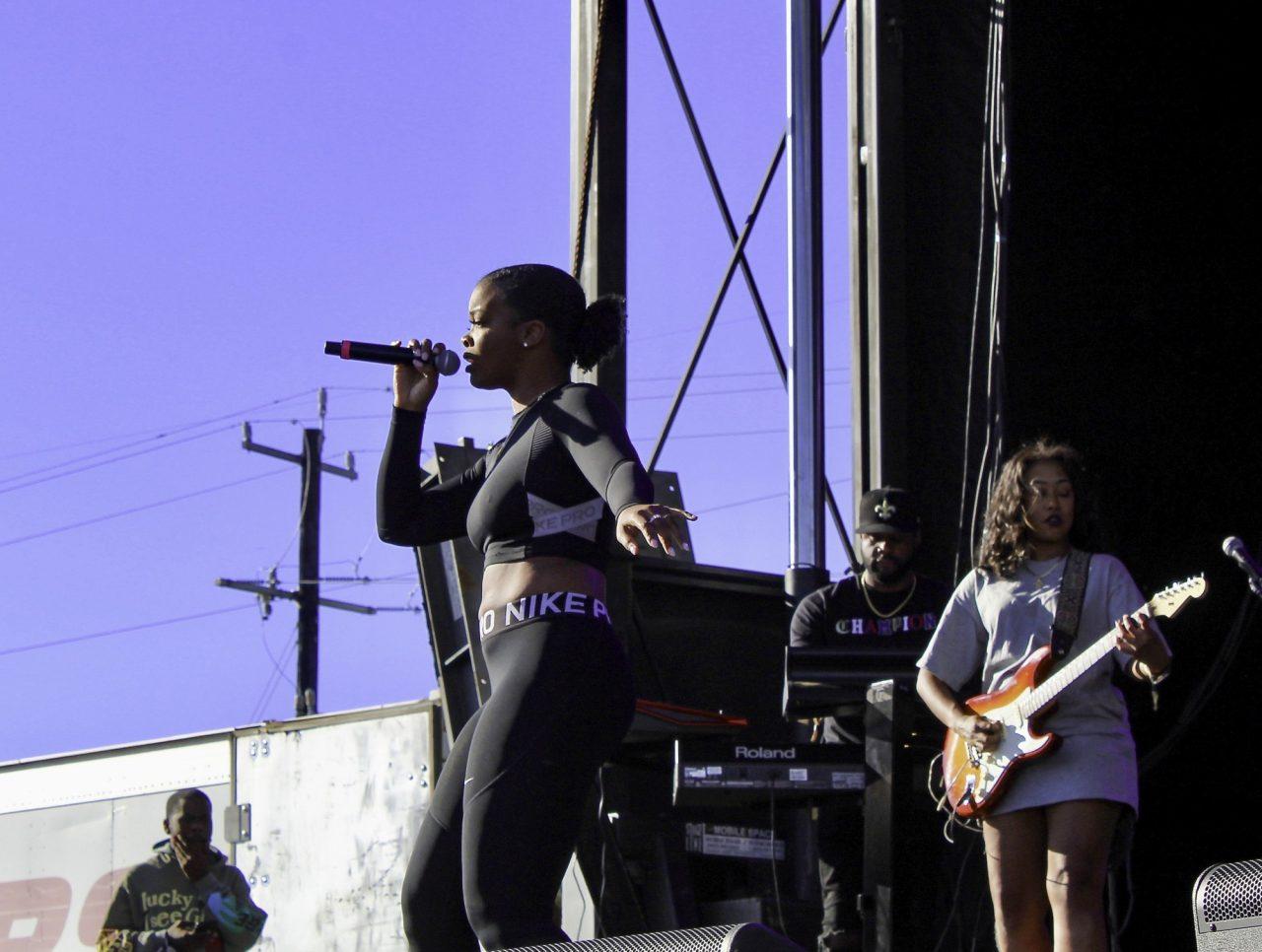
She was one of my favorite shows of the weekend — her power and honesty on stage broke the illusion of her being above anyone in the crowd, bringing the audience into the music with her.
She brought a sizable crowd, the entirety of it moving in one symbiotic dance, waving back and forth to the strum of a well-wielded guitar. Before she ended her set she asked the crowd, “Where y’all at?” I don’t think she was talking about our shared geography, but our shared energy. The hum and kick of the bass as she left the stage didn’t leave the crowd, who continued to dance with restless anticipation as the afternoon progressed.
I left that stage for a bit, going to see how the DaBaby concert was going. While watching, I witnessed a whole pizza being annihilated by the mosh pit, cheese flying in the air as the bodies crushed the pie. As appealing as the pit was, I soon ventured with the crowd who were going to see Trippie Redd.
As I walked over, I spotted the fashionable couple I had seen the first day. Their outfits matched the second day, each looking like LA’s finest. I went over and asked what they thought of the festival, my question not stopping the pair from their endless dance. They looked at one another and then the girl, Maxi, said, “It’s been super dope.” I waited for more and asked if they had a favorite artist. Maxi answered again, saying, “Nope, just enjoying the vibe.” They both smiled and left, the crowd parting for them as they made their way to the front.
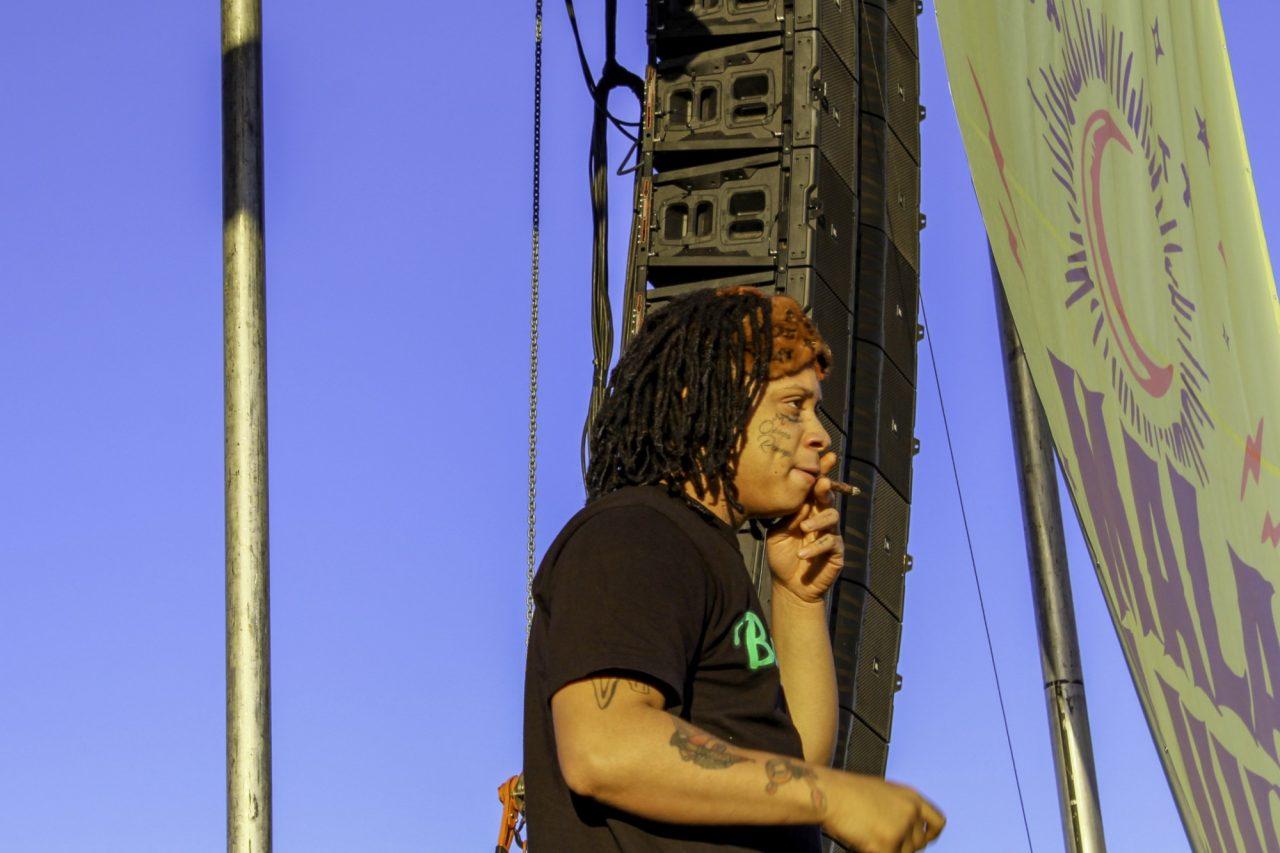
Around 10 minutes later, I made my way to the photo pit, a four-foot path between the crowds and the stage. It was loud even before Trippie got there, his DJ doing his best to get the crowd going, but he didn’t need to do much. I have never heard a crowd yell as loud as when Trippie jumped onto the stage, the waves of sound from the speakers and the people vibrating shaking me. And then came the water. Opened bottles of water descended from the skies and drenched me and my fellow photographers. Only I was fazed, the seasoned professionals knowing this would happen. The volume of both artist and crowd continued to rise as his set grew, electricity coursed through the air as Trippie jumped onto a 10-foot speaker and belted the lyrics to one of his tracks, “Topanga.”
Before I was told to leave the pit, Trippie sang one of his sadder, calmer songs, “Love Scars,” dedicated to friends of his who have died from a manner of causes. No music played, just his voice filling the air. No one cheered. He held us all in his hands as he sang a ballad of loss and woe. He shed a tear and then looked to the crowd, a blunt in his hand. He looked back at his DJ, nodded and began again. As I left the park, unable to hear from my left ear, Trippie ended his set, his energy and spirit leaving the air.
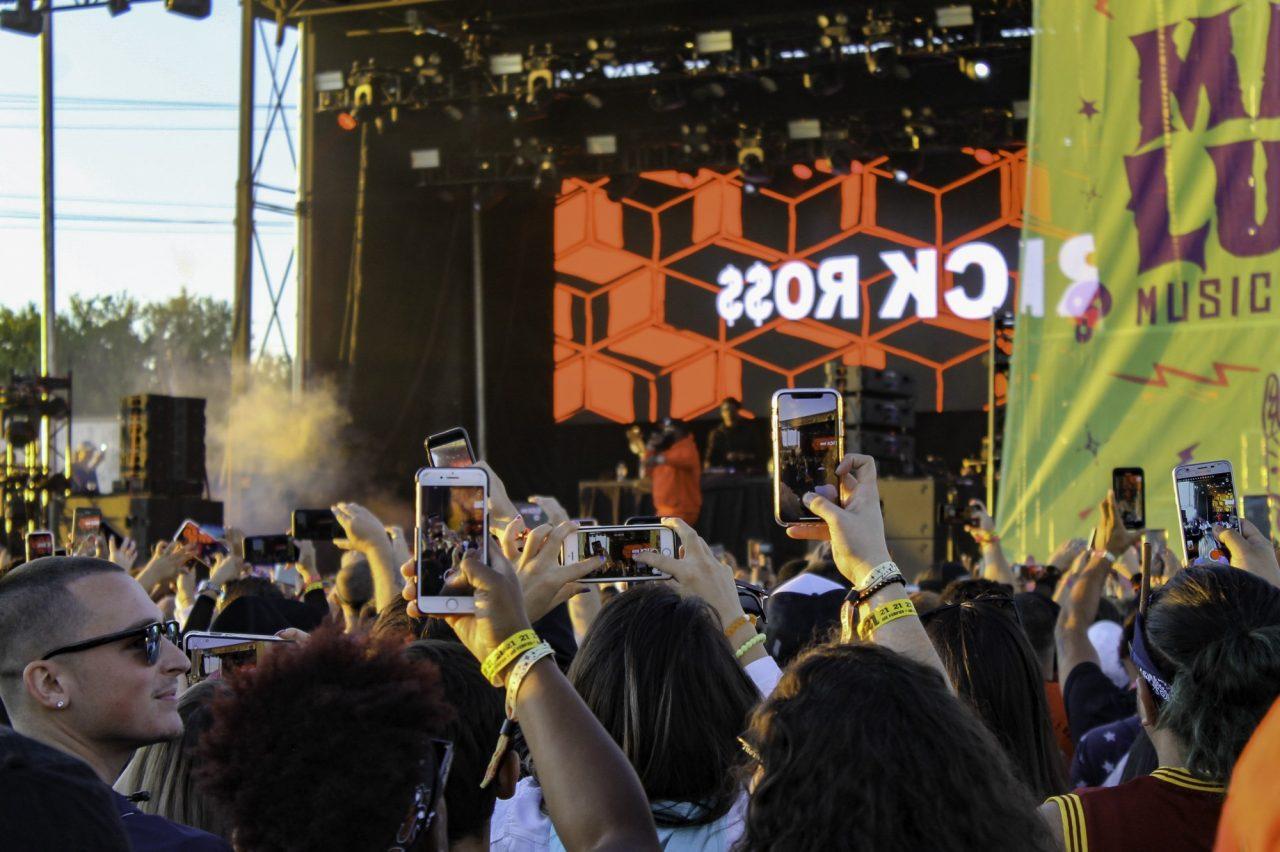
Mala Luna was remarkable. It was all I could have asked for in a festival. What made it special was that it was a middle ground — an event with all the stars, crowds and overpriced food of any other event but without the inflated price. Most importantly, it has the euphoric wonder of being among 10,000 people dancing and screaming, everyone donned in the latest and singing along to every song, our perception of now falling away to the sound of the drums. For a moment, you are part of all of it and nothing at all. I think that’s worth the ticket price.
I hope that Mala Luna will be back next October; I definitely plan on going.






